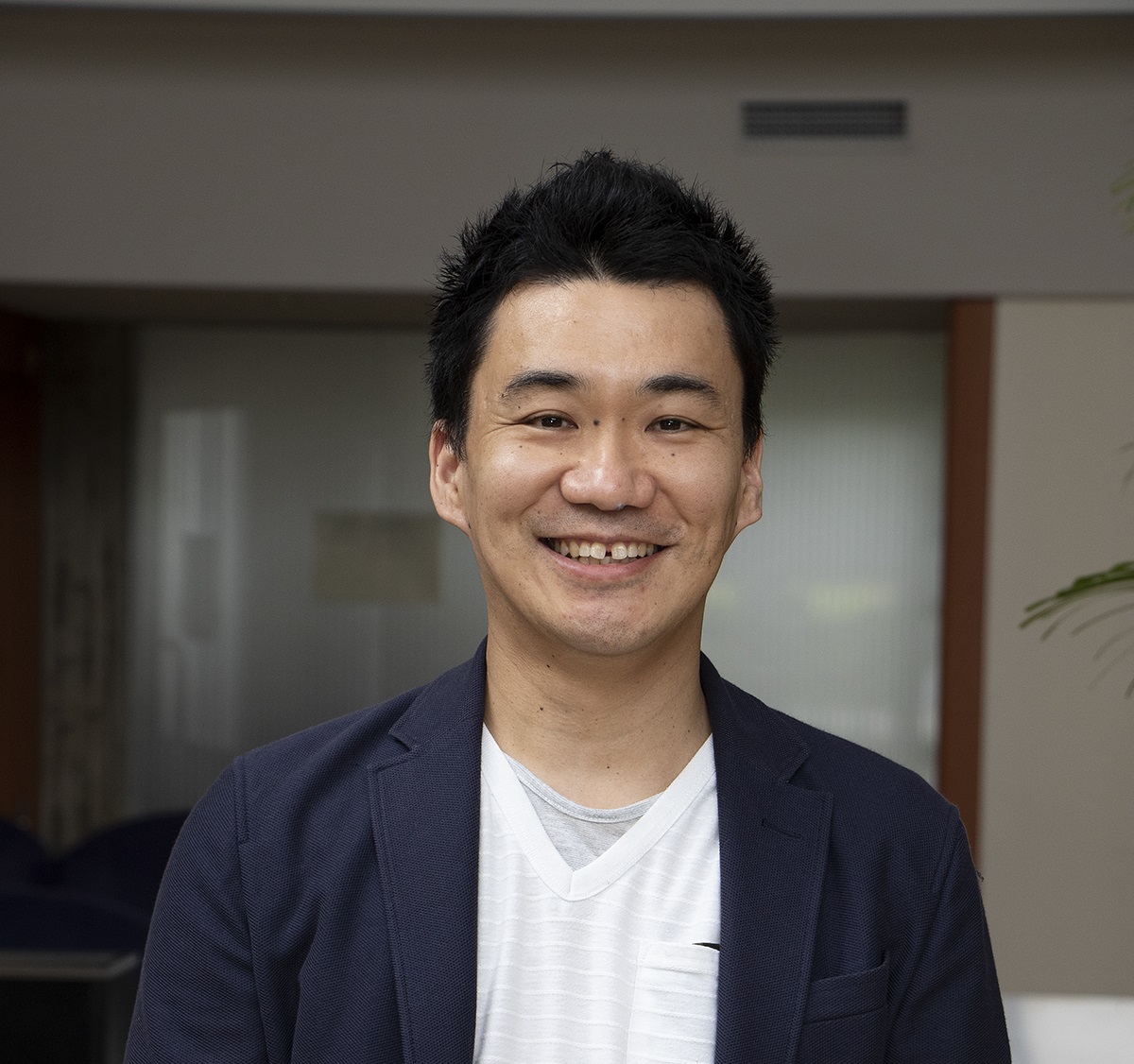Related Outline
We all began from a single fertilized egg, which grows to form the various organs that make up the human body, each with their own unique morphological patterns such as the tree-like branching patterns in the lungs and kidneys, or the finger-like villi in the intestines. Yet, despite their complex morphological patterns, the same pattern for each organ is reproduced in every healthy individual. This reproducibility is not solely due to the regulation of cell behaviour by genetic factors. Cells are also able to collectively communicate with each other and with their surroundings to create highly specific niches that contribute to the structure and function of each organ. Therefore, it is also necessary for us to clarify and understand the cell-cell and cell-environment communication, as well as the micro-environmental criteria that allow cells to flourish, so that we can apply various technology to design, control, and mimic these conditions to recreate complex organs outside of the body in the lab. In our lab, we combine engineering, biology, and information technology to pursue our aim of establishing methodologies that enable us to control how cells grow, by 1) constructing an experimental platform that enables us to measure and control cellular microenvironment spatiotemporally, 2) mathematically expressing and understanding cellular self-organisation, and 3) tailoring the optimal culture conditions for each cell type based on feedback from the mathematical simulation.
Career
Masaya Hagiwara obtained a Master’s degree in Mechanical Engineering from the University of Kentucky in 2005. He then worked as a production engineer at Toyota until 2009. In 2011, he obtained his Ph.D. in the field of microrobotics from Nagoya University, after which he pursued research in tissue engineering as a postdoctoral researcher at UCLA. He worked as a tenure-track lecturer at Nanosquare, Osaka Prefecture University for 5 years. Currently, he is a Hakubi team leader at RIKEN, where his research focuses on reconstituting the complexity of the in vivo environment in vitro, particularly in organ development.
Representative Achievements
- Gradient to sectioning CUBE workflow for the generation and imaging of organoids with localized differentiation
Isabel Koh, Masaya Hagiwara
Communications Biology, 6, 299, 2023.
DOI: https://doi.org/10.1038/s42003-023-04694-5 - Localization of Multiple Hydrogels with MultiCUBE Platform Spatially Guides 3D Tissue Morphogenesis In Vitro
Kasinan Suthiwanich, Masaya Hagiwara
Advanced Materials Technologies, 8, 4, 2023.
DOI: https://doi.org/10.1002/admt.202201660 - 3D Culture Platform for Enabling Large-Scale Imaging and Control of Cell Distribution into Complex Shapes by Combining 3D Printing with a Cube Device
Atsushi Takano, Isabel Koh, Masaya Hagiwara
Micromachines, 13, 156, 2022.
DOI: https://doi.org/10.3390/mi13020156 - Weakening of resistance force by cell-ECM interactions regulate cell migration directionality and pattern formation
Masaya Hagiwara, Hisataka Maruyama, Masakazu Akiyama, Isabel Koh, Fumihito Arai
Communications Biology, 4, 808, 2021.
DOI: https://doi.org/10.1038/s42003-021-02350-4 - Engineering approaches to control and design the in vitro environment towards the reconstruction of organs
Masaya Hagiwara, Isabel Koh
Development, Growth adn Differentiation, 62, pp. 158-166, 2020
DOI: https://doi.org/10.1111/dgd.12647

